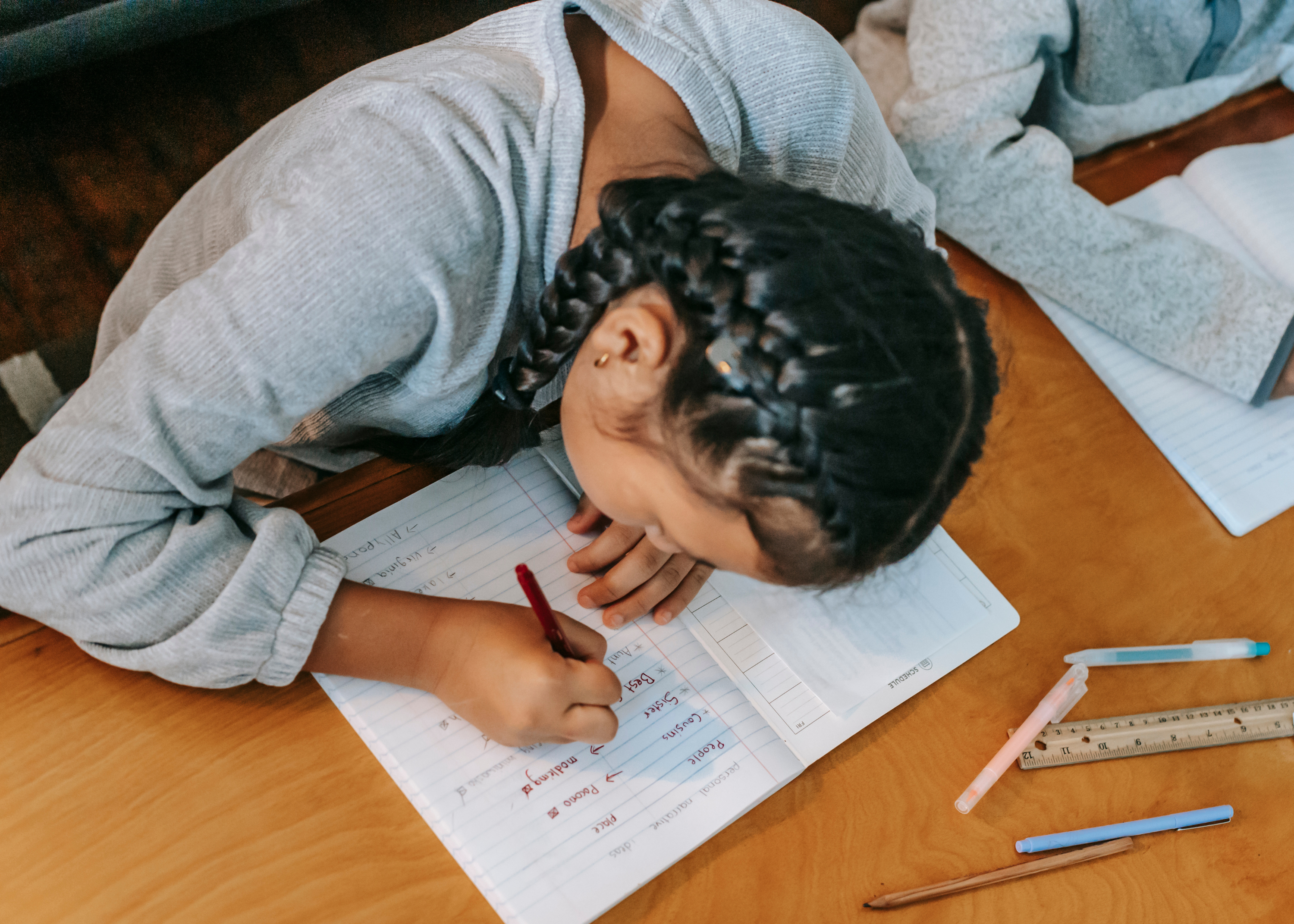The Link Between Posture and Handwriting in Children: How Sitting Up Straight Can Improve Penmanship
As parents, educators, and caregivers, we often focus on helping children develop good handwriting skills. We provide them with the best pencils, practice sheets, and handwriting exercises. However, one crucial aspect of handwriting that is often overlooked is posture. Proper posture plays a fundamental role in how children form their letters, maintain legibility, and develop fine motor control.
The Anatomy of Good Posture for Handwriting
When we talk about “good posture,” we’re referring to the alignment of the body that allows a child to sit comfortably and maintain control over their hand movements. Good posture isn’t just about sitting up straight — it’s about achieving an optimal position where the body and hands are well-aligned and free from strain. Proper posture for handwriting involves:
- Neutral Spine: The spine should be straight, with the natural curves intact. Slumping or slouching can hinder the ability to sit upright and control the movement of the hand.
- Feet Flat on the Floor: The child’s feet should be flat on the floor, or on a footrest, to ensure stability. If the feet are dangling or tucked under the chair, it can lead to unnecessary tension in the legs and lower back, making it harder for the child to focus on writing.
- Elbows at a 90-degree Angle: The child’s elbows should be bent at a right angle when writing, with the forearm parallel to the surface of the desk. This position allows the child to move their hand with ease and precision, without straining the wrist or shoulders.
How Posture Affects Handwriting
Posture directly impacts how a child’s hand moves across the paper and how well they can control the pen or pencil. Here’s how different aspects of posture affect handwriting:
- Fine Motor Control: Good posture helps to stabilize the upper body, allowing the hand and fingers to move more fluidly and precisely. When a child is slumped or hunched over, their hand may be more tense and less coordinated, leading to shaky or uneven handwriting.
- Arm and Hand Positioning: When children maintain proper posture, their arms are free to move without restriction. Poor posture, such as leaning too far forward or backward, can result in the child holding their pen awkwardly or writing at an uncomfortable angle. This can cause the handwriting to become cramped or hard to read.
- Endurance: Writing for extended periods can be tiring for children, especially if they’re sitting in a poor posture. Slouching or leaning can lead to back and neck discomfort, which can distract them from focusing on their writing. By sitting in an ergonomic position, children are less likely to experience discomfort and can write for longer periods without losing focus or tiring.
How to Encourage Better Posture in Children
As with any skill, developing proper posture takes practice. Here are some practical tips to help children improve their posture while writing:
- Model Good Posture: Children learn by observing. Make sure you demonstrate proper posture while sitting and writing. Encourage children to “copy” your posture when they’re writing.
- Set Up an Ergonomic Writing Space: Ensure that the child’s chair and desk are at the right height. The child’s feet should rest flat on the floor, and their arms should be at a 90-degree angle when writing. If the desk or chair is too high or low, it can affect their posture and handwriting.
- Frequent Breaks: Encourage your child to take breaks during long writing sessions. Standing up, stretching, and moving around will help release tension and improve overall posture.
- Engage in Posture-Friendly Activities: Outside of writing tasks, encourage activities that promote core strength and posture awareness, such as yoga or simple exercises that help with body alignment. However, during the writing activity, always make sure the child has adequate support when sitting to engage in a writing activity.
- Core activities can include: yoga, activities in tabletop position, engaging in activities sitting on a therapy ball or a peanut ball
Posture is a crucial yet often underestimated factor in a child’s handwriting development. When children sit up straight and engage in proper posture, they experience improved fine motor control, better endurance, and more legible writing. By prioritizing good posture, we can help children build the foundational skills needed for clear, organized, and effective handwriting. Making small adjustments to a child’s sitting habits can lead to big improvements in their penmanship, ultimately making writing a more enjoyable and productive activity.
If you have any questions or concerns about your child’s development, Kids Place Pediatric Therapy in Arizona is here to help.







